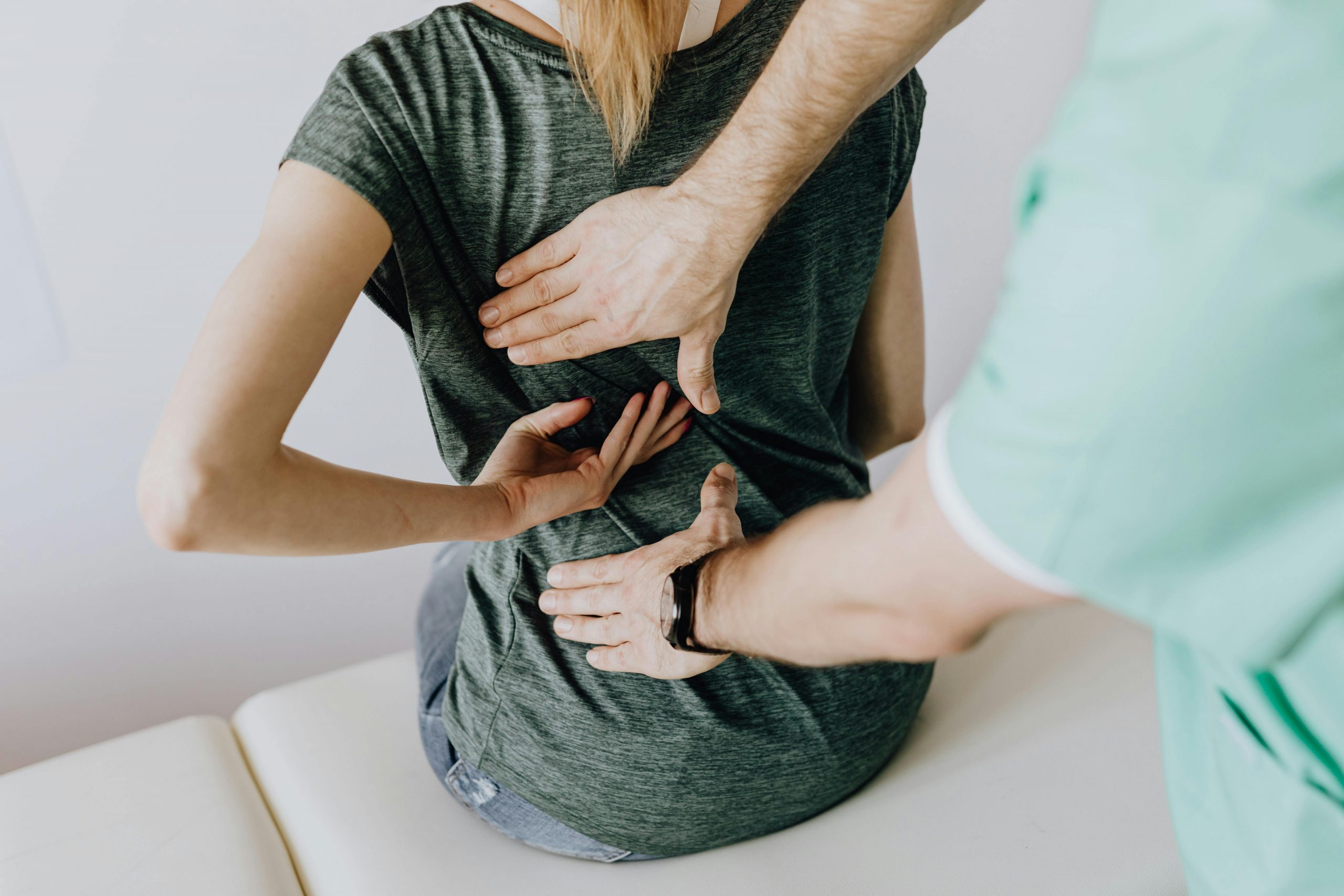- Proper posture reduces strain on lower back muscles, aiding in pain prevention.
- Regular exercise strengthens muscles, improves flexibility, and reduces lower back pain risk.
- Mindful movement practices like yoga and tai chi promote relaxation and flexibility.
- Heat and cold therapy provide temporary relief by reducing inflammation and relaxing muscles.
- Seeking professional help ensures accurate diagnosis and personalized treatment for lower back pain.
Lower back pain is a common issue that affects millions of people worldwide. Whether it’s caused by muscle strain, injury, poor posture, or underlying medical conditions, the discomfort and limitations it brings can significantly impact daily life. Fortunately, there are effective strategies to manage and alleviate lower back pain. This article will explore five of the best ways to deal with this issue, offering practical advice and tips for finding relief.
1. Maintain Proper Posture:
Proper posture is crucial for preventing and alleviating lower back pain. Maintaining a neutral spine position reduces strain on the muscles and ligaments of the lower back when sitting, standing, or lifting objects. Here are two key strategies for improving posture:

Sit and Stand Tall:
Whether at your desk or waiting in line, make a conscious effort to sit and stand tall with your shoulders back and your spine aligned. Avoid slouching or hunching forward, as this can exacerbate back pain.
Use Ergonomic Support:
Invest in ergonomic chairs, lumbar support cushions, or standing desks to support your spine and promote good posture. These tools can help reduce pressure on the lower back and provide relief from discomfort during prolonged periods of sitting or standing.
2. Exercise Regularly:
Engaging in regular exercise is essential for strengthening the muscles that support the lower back, improving flexibility, and reducing the risk of pain and injury. Here are two types of exercises that are particularly beneficial for managing lower back pain:
Core Strengthening Exercises:
Focus on exercises that target the core muscles, including the abdominals, obliques, and lower back muscles. Planks, bridges, and bird dogs are effective exercises for building core strength and stability.
Low-Impact Aerobic Activities:
Incorporate low-impact aerobic activities such as swimming, walking, or cycling into your routine. These exercises help increase blood flow to the lower back, promote healing, and reduce stiffness and discomfort.
3. Practice Mindful Movement:
Mindful movement practices such as yoga and tai chi can help alleviate lower back pain by improving flexibility, reducing muscle tension, and promoting relaxation. Here are two mindful movement techniques to try:
Yoga:
Practicing yoga regularly can help stretch and strengthen the lower back muscles while also improving overall body awareness and posture. Poses such as child’s pose, cat-cow stretch, and downward-facing dog are particularly beneficial for relieving tension and discomfort.
Tai Chi:
Tai chi is a gentle martial art that involves slow, flowing movements and deep breathing exercises. This ancient practice can help improve balance, flexibility, and posture while also reducing stress and promoting relaxation, making it an excellent option for managing lower back pain.
4. Apply Heat and Cold Therapy:
Heat and cold therapy can temporarily relieve lower back pain by reducing inflammation, numbing the area, and relaxing tight muscles. Here are two ways to incorporate heat and cold therapy into your pain management routine:
Heat Therapy:
Apply a heating pad, warm towel, or heat pack to the affected area for 15-20 minutes at a time. Heat increases blood flow to the muscles, which can help alleviate stiffness and promote relaxation.
Cold Therapy:
Use an ice pack wrapped in a towel to apply cold therapy to the lower back. Cold constricts blood vessels, reducing inflammation and numbing the area, which can help alleviate pain and swelling.
5. Seek Professional Help:
If you’re experiencing persistent or severe lower back pain, you must seek professional help from chiropractors or healthcare providers. They can assess your condition, provide personalized treatment recommendations, and offer interventions such as spinal manipulation, massage therapy, or physical therapy to alleviate your symptoms. Here are two reasons why seeking professional help is essential:

Accurate Diagnosis:
Experienced chiropractors and healthcare providers can accurately diagnose the underlying cause of your lower back pain, whether it’s due to a musculoskeletal issue, nerve compression, or other medical conditions. This allows for targeted treatment strategies that address the root cause of your discomfort.
Personalized Treatment:
A personalized treatment plan tailored to your needs and preferences can help ensure the best possible outcomes for managing lower back pain. Whether you require spinal adjustments, therapeutic exercises, or lifestyle modifications, experienced professionals can provide guidance and support every step of the way.
Lower back pain can be debilitating, but it doesn’t have to control your life. You can effectively manage and alleviate your symptoms by maintaining proper posture, exercising regularly, practicing mindful movement, applying heat and cold therapy, and seeking professional help. Incorporate these strategies into your daily routine to promote a healthy spine and enjoy a more active, pain-free lifestyle. Remember to listen to your body, pace yourself, and make gradual changes to avoid exacerbating your condition. With dedication and persistence, you can overcome lower back pain and reclaim control of your health and well-being.
